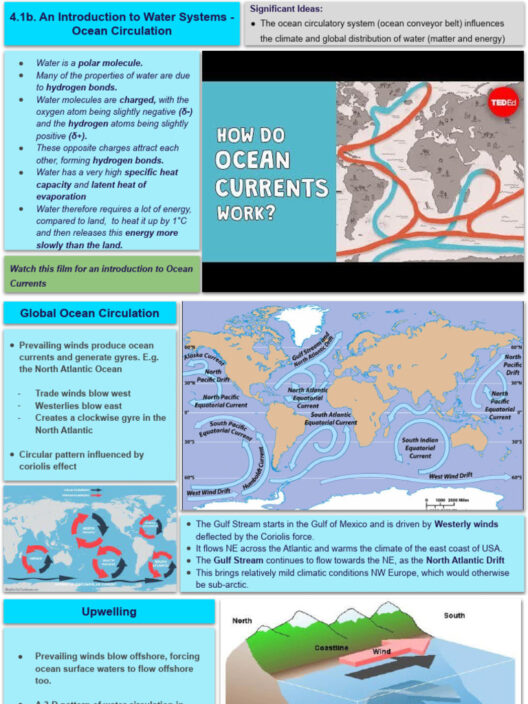As the planet warms, a multitude of cascading effects transform both the environment and human health in ways that may not be immediately apparent. The notion of climate change often invokes imagery of melting ice caps or extreme weather events; however, the subtler implications on human health are profound and multifaceted. This investigation seeks to illuminate the hidden health impacts of a warming world, underscoring the urgency of addressing this existential crisis.
One of the most salient, yet frequently overlooked, consequences of climate change is the emergent threat of heat-related illnesses. As global temperatures rise, the incidence of heatwaves is accelerating. According to climatological data, we are witnessing an extended duration of extreme temperatures, catalyzing a range of health issues, particularly among vulnerable populations. Elderly individuals, those with pre-existing health conditions, and outdoor laborers face substantial risks. Hyperthermia—a condition resulting from prolonged exposure to high temperatures—can lead to severe health complications, including heat stroke and exacerbated cardiovascular diseases.
The interplay between heat and health does not stop at physical ailments. Mental health conditions also take center stage, exacerbated by the psychological stresses associated with heatwaves and climate-induced anxiety. Research indicates a correlation between elevated temperatures and an uptick in reported instances of anxiety, depression, and other mental health disorders. Herein lies a paradigm shift; the ramifications of climate change extend into the recesses of the human psyche, weaving a complex tapestry of distress that demands attention and actionable responses.
Moreover, as the planet continues its warming trajectory, the geographical distribution of infectious diseases is undergoing a seismic shift. Warmer temperatures create an optimal breeding ground for vectors such as mosquitoes and ticks, facilitating the spread of pathogens responsible for diseases like malaria, dengue fever, and Lyme disease. Regions previously thought to be insulated from such afflictions find themselves increasingly vulnerable. The World Health Organization (WHO) warns that climate change is likely to exacerbate existing health disparities, particularly in lower-income countries where healthcare systems may already be overburdened and under-resourced.
Furthermore, air quality is poised to deteriorate as temperatures rise, directly impacting respiratory health. Ground-level ozone—a key component of smog—forms more abundantly during hotter months, resulting in higher instances of respiratory ailments such as asthma and chronic obstructive pulmonary disease (COPD). This is particularly critical for children and the elderly, whose lungs are far more susceptible to the effects of pollution. The intrinsic link between climate change and poor air quality underscores the notion that environmental stewardship is tantamount to public health advocacy.
Water quality and availability are also contingent upon a shifting climate. As temperatures escalate, the likelihood of droughts and erratic rainfall patterns intensifies. Such alterations can compromise freshwater supplies, leading to water scarcity that poses dire threats to human health. Contaminated water sources, arising from flooding or unsustainable agricultural practices, can lead to waterborne diseases that impact thousands. Addressing these challenges necessitates an integrative approach to health and environmental policy, recognizing that health is intrinsically linked to ecological sustainability.
Food security emerges as yet another critical consequence of climate change. Altered precipitation patterns and rising temperatures undermine agricultural productivity, posing a threat to global food systems. This will not only affect the nutritional intake of populations worldwide but also peak food prices, further exacerbating inequalities. Malnutrition, particularly among children, is likely to surge as staple crops fail. The connection between climate dynamics and nutritional health reveals an urgent need for innovative agricultural practices and robust food distribution systems designed to withstand environmental volatility.
The phenomenon of climate migration constitutes another layer of complexity within this discourse. As certain regions become uninhabitable due to extreme heat, sea-level rise, and natural disasters, populations are increasingly compelled to migrate. This mass movement introduces significant public health challenges as communities struggle to adapt to new environments. An influx of displaced individuals can overwhelm healthcare infrastructure in receiving areas, culminating in strained resources and heightened tensions between migrant populations and established communities. The health implications of such migrations necessitate comprehensive planning and policies that prioritize equity and health access.
The intersection of climate change and health is not insurmountable; a paradigm shift in perspective is required. By acknowledging the intricate relationships between environmental degradation and human health, society can mobilize towards proactive measures. Developing resilient infrastructure, promoting sustainable practices, and enhancing public awareness are crucial steps in mitigating these health risks. Additionally, integrating climate change into public health initiatives is essential for fostering a healthier populace in an uncertain future.
In conclusion, the impending threat posed by climate change transcends mere environmental degradation; it encapsulates the health of humanity itself. From heat-related illnesses and mental health deterioration to the destabilization of food and water security, the impacts are extensive and deeply interwoven. Recognizing these connections invites us to foster a more holistic understanding of environmental and public health, elevating the imperative for collective action. As the Earth warms, it is essential that we do not lose sight of the human dimension in this global crisis—because, ultimately, our health depends upon a thriving planet.








